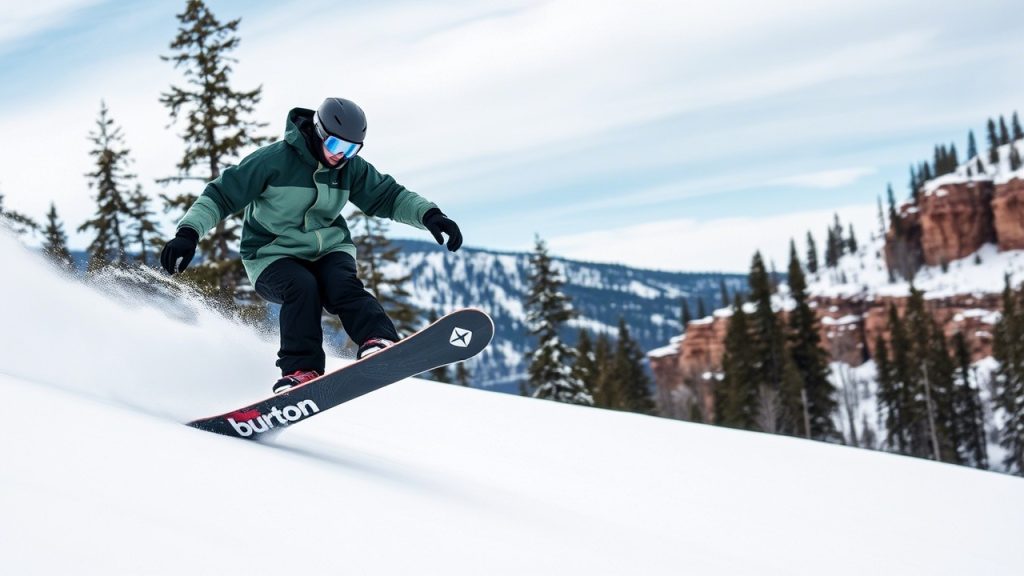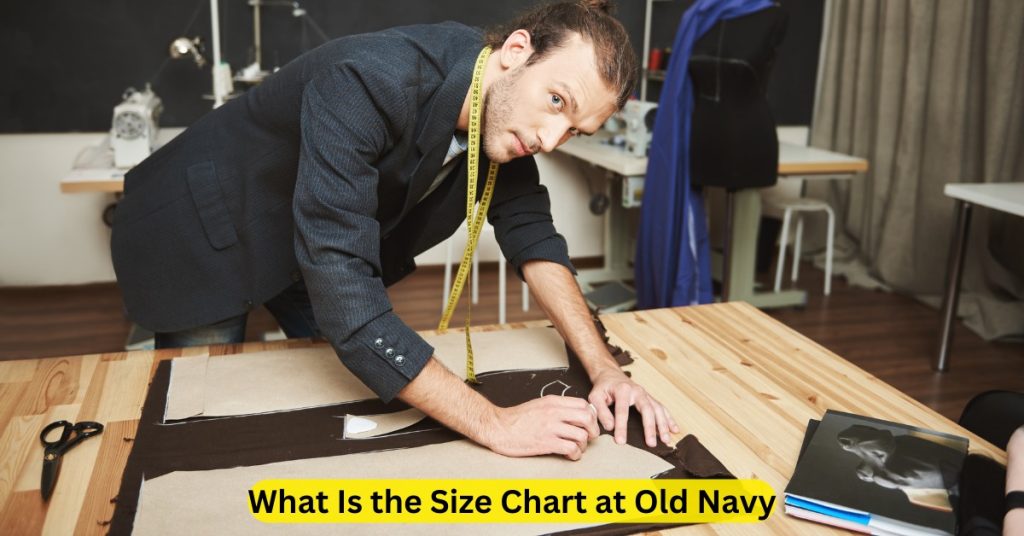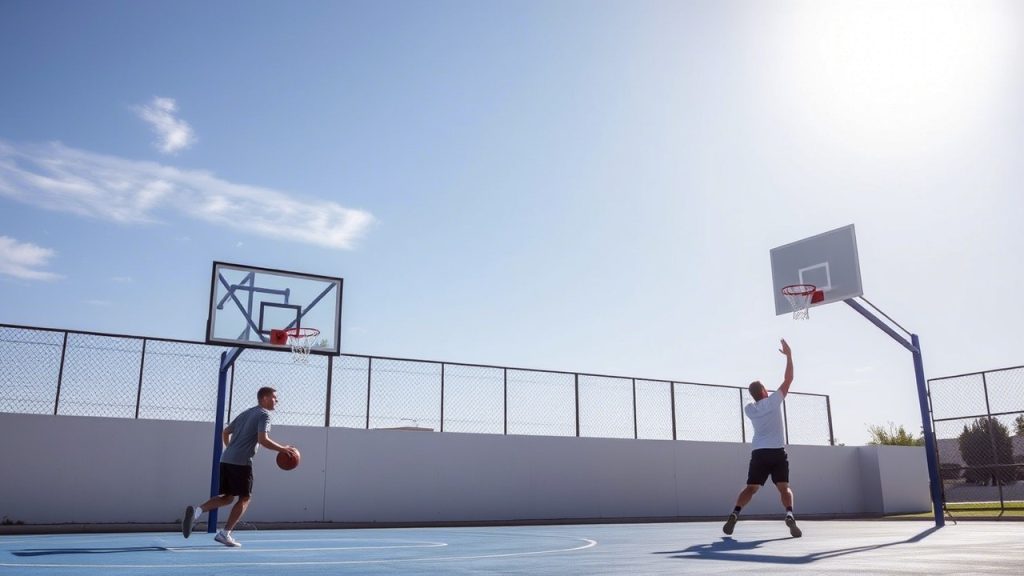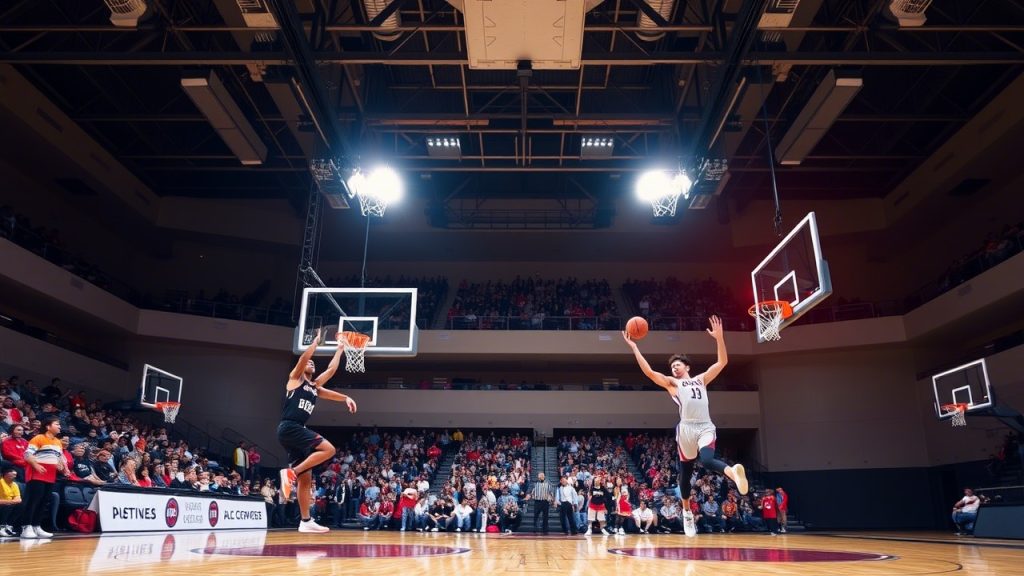Snowboarding is an exhilarating way to connect with the mountains, but stability is key to mastering your ride—whether you’re carving groomers, tackling powder, or navigating icy patches. A stable snowboard boosts confidence, reduces falls, and helps riders of all levels progress quickly. Burton, a pioneer in snowboarding since 1977, offers boards engineered for stability through innovative designs like camber profiles, directional shapes, and advanced core technologies. We explore the 8 best Burton snowboards to enhance stability in just days, helping you ride with control and precision across diverse terrains.
This post covers top Burton boards for stability, tips for improving your riding technique, and answers to 9 frequently asked questions. Whether you’re a beginner seeking a forgiving ride or an advanced rider charging steep lines, these boards will help you stabilize your performance in days.
Why Stability Matters in Snowboarding
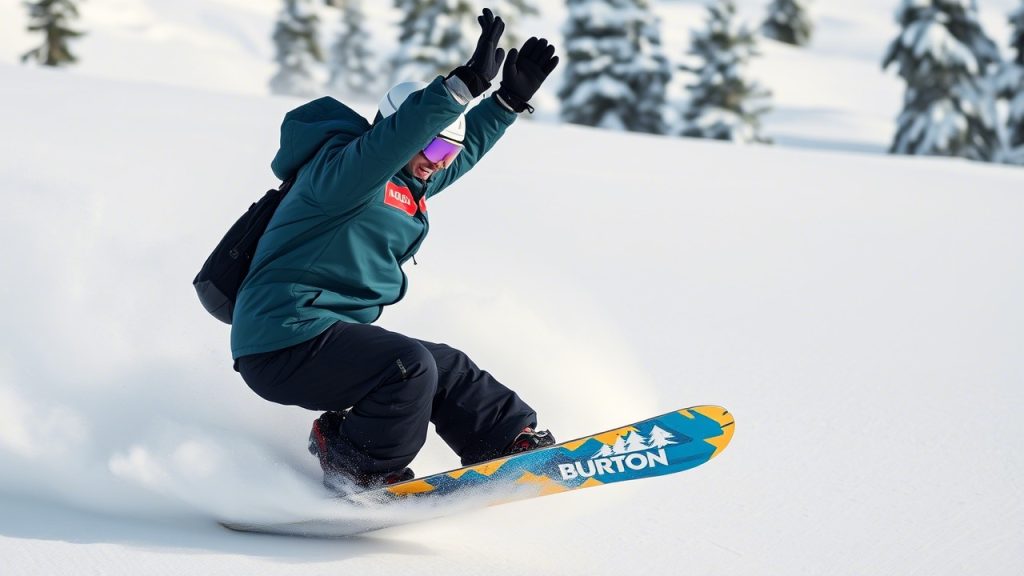
Stability in snowboarding ensures you stay in control at high speeds, during turns, or in variable conditions like hardpack or powder. A stable board minimizes wobbling, edge-catching, and fatigue, allowing you to focus on technique and terrain. Key features that enhance stability include:
- Camber Profiles: Traditional camber or hybrid camber-rocker profiles provide strong edge hold and pop, ideal for carving and high-speed stability.
- Directional Shapes: Longer noses and shorter tails distribute weight evenly, improving control in powder or on steep slopes.
- Stiff Flex: Medium to stiff boards (5–8 on a 1–10 scale) offer responsiveness and dampening for aggressive riding.
- Advanced Technologies: Features like Burton’s Channel System, Frostbite Edges, and Super Fly cores enhance grip and durability.
Drawing on expert reviews from Curated.com and Slopemagazine.com, we’ve selected Burton boards that excel in stability, helping riders progress quickly and safely.
How We Selected the Best Burton Snowboards
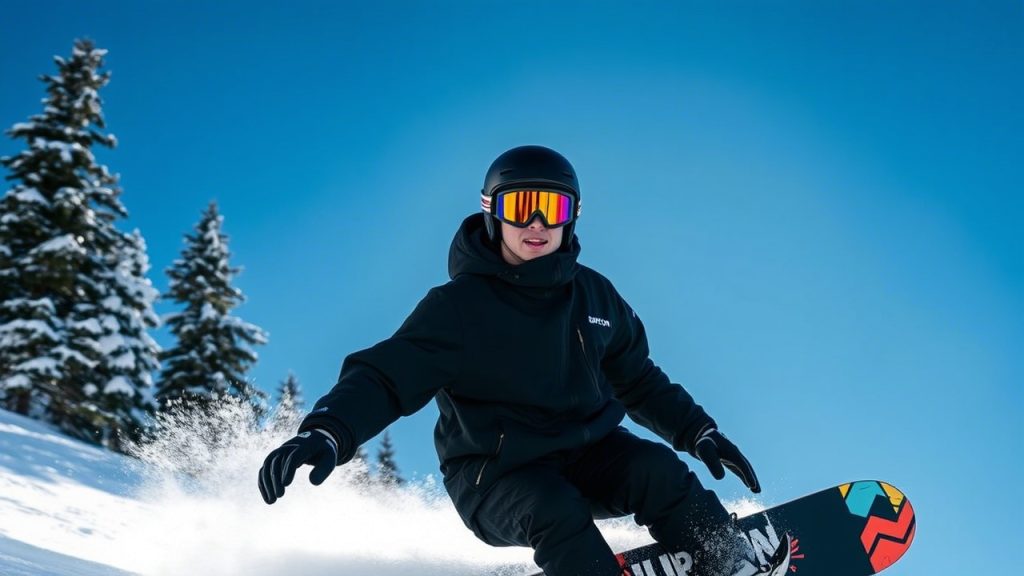
To identify the 8 best Burton snowboards to enhance stability in just days, we evaluated products based on:
- Stability Features: Camber or hybrid profiles, directional shapes, and edge technologies like Frostbite Edges for superior grip.
- Rider Level: Boards suitable for beginners to experts, ensuring quick stability improvements.
- Terrain Versatility: Performance on groomers, powder, and variable conditions, as tested by Snowboardingprofiles.com and The Inertia.
- Durability and Materials: High-quality cores (e.g., Super Fly II) and bases (e.g., Sintered WFO) for consistent performance.
- Expert and User Feedback: Insights from professional riders, shop experts, and community reviews on Reddit and Whitelines.com.
- Value for Money: Boards across price ranges, balancing performance and affordability.
Let’s dive into the Burton snowboards that will stabilize your ride in just days.
The 8 Best Burton Snowboards to Enhance Stability in Just Days
1. Burton Custom X Camber
- Price: ~$700
- Best For: Advanced riders, all-mountain
- Key Features: Camber profile, Super Fly II 700G core, Sintered WFO base
The Burton Custom X Camber is a pinnacle of stability, designed for aggressive riders who demand precision. Its full camber profile and stiff flex (7/10) provide exceptional edge hold and responsiveness, ideal for high-speed carving and steep terrain. The Super Fly II 700G core with Dualzone EGD enhances dampening, while Frostbite Edges grip icy slopes. The Inertia testers noted its versatility across all conditions, though it’s not ideal for beginners due to its aggressive feel. This board helps advanced riders stabilize quickly on blacks and double blacks.
2. Burton Family Tree Hometown Hero
- Price: ~$670
- Best For: All-mountain, powder
- Key Features: Directional camber, 12mm taper, carbon highlights
The Hometown Hero, part of Burton’s Family Tree, is a versatile all-mountain board with a directional camber profile and 12mm nose taper for stability in powder and hardpack. Its medium-stiff flex (6/10) and carbon highlights provide snap and control, as praised by Whitelines.com tester Kaelan for its “jack of all trades” performance. The Channel System allows precise stance adjustments, enhancing balance. Riders report improved stability within days, especially in variable Vermont conditions.
3. Burton Flight Attendant
- Price: ~$600
- Best For: Freeride, backcountry
- Key Features: Directional camber, 18mm taper, Dualzone EGD
The Burton Flight Attendant is built for freeride stability, with a directional camber profile and 18mm taper for effortless turn initiation and float in powder. Its medium-stiff flex (5–8/10) and Dualzone EGD core offer edge grip and durability, as noted by Ridingboards.com. The Sintered base ensures speed and control at high velocities. Backcountry riders appreciate its ability to stabilize aggressive descents, making it ideal for charging big lines in just a few sessions.
4. Burton Custom Flying V
- Price: ~$536
- Best For: Intermediate riders, all-mountain
- Key Features: Flying V hybrid profile, true twin, Channel System
The Burton Custom Flying V blends camber underfoot with rocker at the nose and tail, offering stability for carving and playfulness for freestyle. Its medium flex (5/10) and true twin shape make it forgiving yet responsive, as highlighted by Boardoftheworld.com. Frostbite Edges enhance grip on hardpack, helping intermediates stabilize quickly on blues and blacks. The Channel System allows stance tweaks for optimal balance, perfect for progressing riders.
5. Burton Deep Thinker
- Price: ~$650
- Best For: Freeride, all-mountain
- Key Features: Directional camber, 45° carbon highlights, Sintered WFO base
Inspired by Danny Davis, the Burton Deep Thinker offers a directional camber profile with a softer nose and stiffer tail for stability across terrains. Its medium-stiff flex (5–8/10) and carbon highlights provide pop and edge hold, as noted by Ridingboards.com. The 7mm taper ensures smooth turns, helping riders stabilize on groomers and powder within days. This board excels for intermediate to expert riders seeking control in diverse conditions.
6. Burton Alekesam
- Price: ~$600
- Best For: Freeride, powder
- Key Features: Directional camber, Super Fly 700G core, 3D contour base
Developed with Selema Masekela, the Burton Alekesam is a freeride-focused board with a directional camber profile for stability on groomers and technical terrain. Its mid-wide shape and 3D contour base enhance float and responsiveness, as praised by Whitelines.com tester Sara for its “natural” sidecut. The medium flex (5/10) balances control and play, helping riders gain stability quickly in powder or hardpack.
7. Burton Process Flying V
- Price: ~$550
- Best For: Intermediate freestyle, all-mountain
- Key Features: Hybrid rocker, true twin, Superfly II core
The Burton Process Flying V is a versatile all-mountain board with a hybrid rocker profile for stability and playfulness. Its true twin shape and medium flex (4/10) make it forgiving for intermediates, as noted by Snowboardingprofiles.com for its agile side-hits and easy transitions. Frostbite Edges provide grip, helping riders stabilize on groomers and small jumps within days. It’s ideal for park-to-resort progression.
8. Burton Ripcord Flat Top
- Price: ~$400
- Best For: Beginners, progression
- Key Features: Flat top profile, 5mm taper, Easy Bevel edges
The Burton Ripcord Flat Top is designed for beginners, with a flat-to-rocker profile and Easy Bevel edges to minimize edge-catching, as highlighted by Ridingboards.com. Its directional shape with a 5mm taper ensures stable turn initiation, helping novices gain confidence quickly. The soft flex (3/10) and lightweight core make it easy to control, allowing beginners to stabilize on green and blue runs in just a few days.
How to Choose the Right Burton Snowboard for Stability
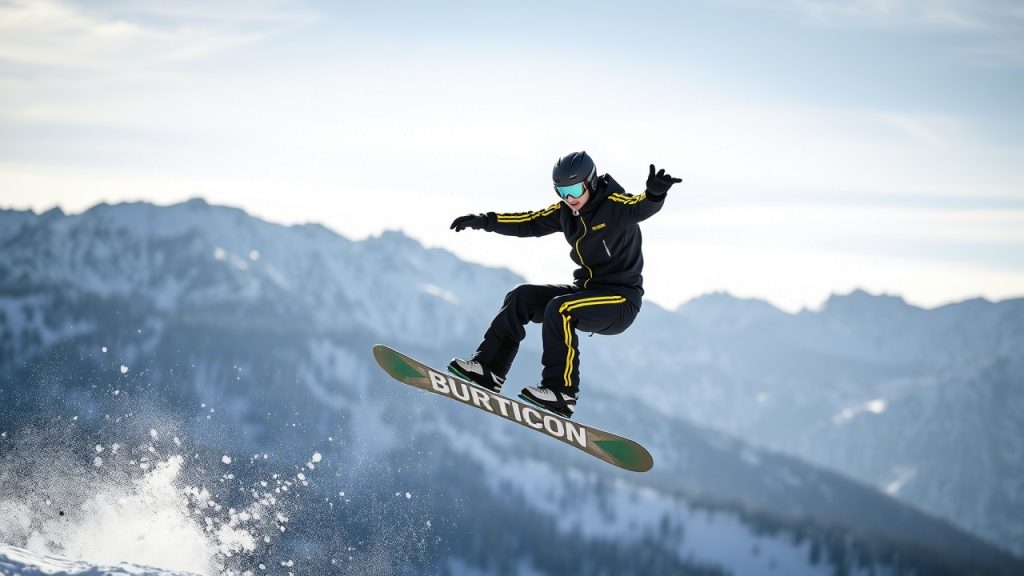
Selecting a Burton snowboard that enhances stability involves matching the board to your skill level, terrain, and riding style. Here are key factors to consider:
- Profile Type: Camber (e.g., Custom X) offers superior edge hold for aggressive riding, while hybrid profiles (e.g., Flying V) balance stability and forgiveness. Flat top profiles (e.g., Ripcord) suit beginners.
- Flex Rating: Medium to stiff flex (5–8/10) provides stability at speed, while softer flex (3–4/10) aids beginners in control, as noted by Switchbacktravel.com.
- Shape: Directional shapes (e.g., Flight Attendant) enhance stability in powder and on steeps, while true twins (e.g., Process Flying V) suit freestyle stability.
- Edge Technology: Frostbite Edges or similar grip-enhancing features (comparable to Magne-Traction) improve control on icy slopes.
- Core and Base: Super Fly II cores and Sintered WFO bases (e.g., Custom X) ensure durability and speed, critical for stable high-speed riding.
- Rider Level: Beginners need forgiving boards (e.g., Ripcord), intermediates benefit from versatile hybrids (e.g., Custom Flying V), and experts thrive on stiff, responsive boards (e.g., Custom X).
- Channel System: Burton’s Channel System allows precise stance adjustments, optimizing balance and stability, as praised by Curated.com.
- Demo Opportunities: Test boards at resorts or through shops to feel stability firsthand, ensuring the board matches your riding style.
Tips for Enhancing Stability in Just Days
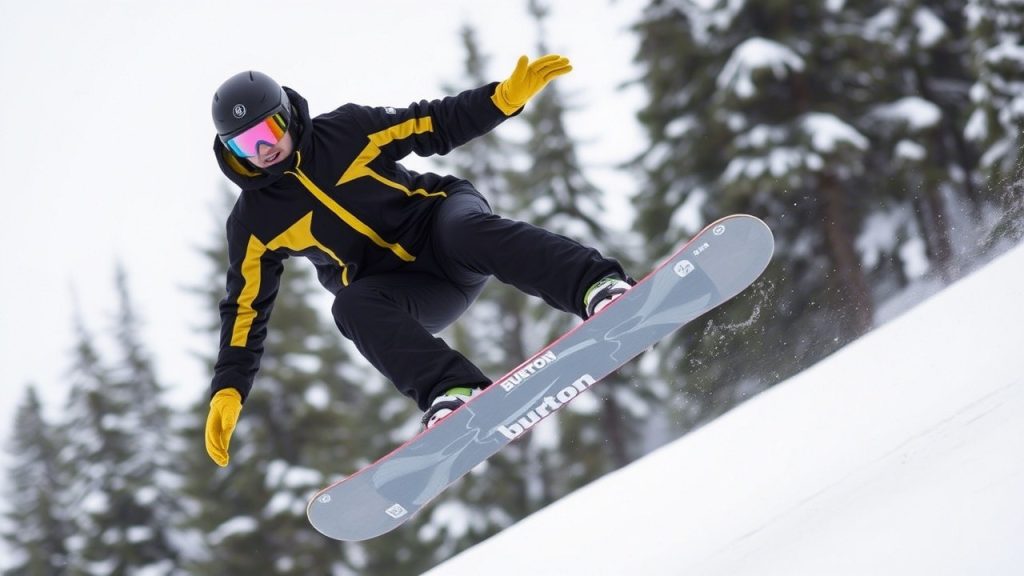
- Adjust Stance Properly: Use the Channel System to set your stance width and angles (e.g., 15° front, -6° back for all-mountain) to optimize balance, as recommended by Curated.com.
- Practice Edge Control: Focus on linking turns at moderate speeds on groomers to build muscle memory, using boards like the Custom Flying V for grip.
- Strengthen Core and Legs: Off-snow exercises like squats or yoga improve balance, helping you stabilize on boards like the Hometown Hero.
- Ride Varied Terrain: Practice on blues and greens before progressing to blacks to adapt to the board’s feel, especially with beginner-friendly boards like the Ripcord.
- Check Binding Fit: Ensure bindings are snug but not restrictive, enhancing control on boards like the Process Flying V.
- Wax Regularly: Maintain the Sintered base (e.g., Deep Thinker) for consistent speed and glide, reducing wobble, as advised by Snowandrock.com.
- Take Lessons: A certified instructor can correct stance and technique, accelerating stability gains on any Burton board.
- Inspect Gear: Check for loose screws or worn edges to ensure the board (e.g., Flight Attendant) performs reliably.
Common Myths About Snowboard Stability
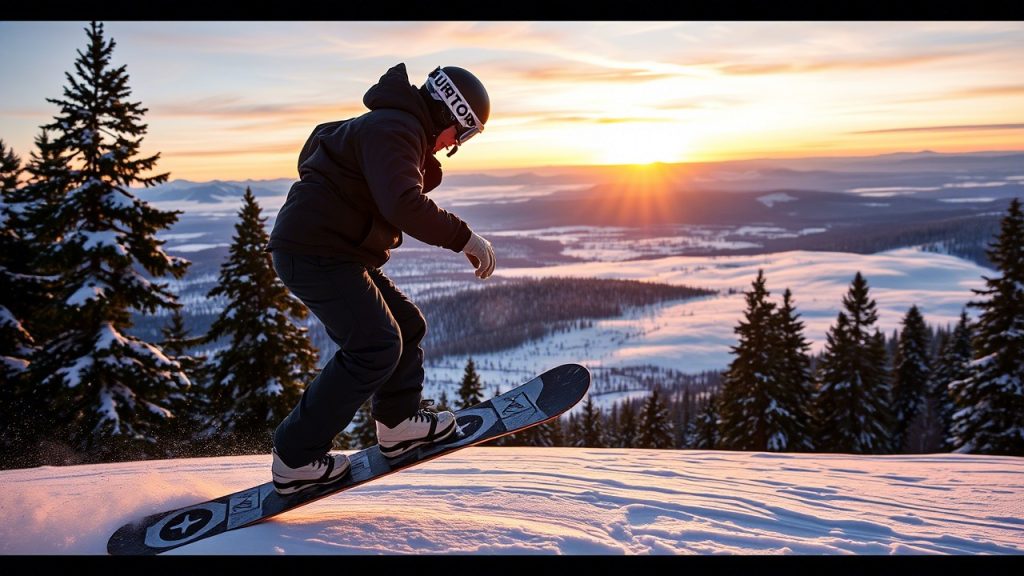
- Myth: Stiffer boards are always more stable.
Truth: Medium flex boards (e.g., Process Flying V) can offer stability with forgiveness, ideal for intermediates, as noted by Switchbacktravel.com. - Myth: Beginners can’t ride camber boards.
Truth: Hybrid camber-rocker boards like the Custom Flying V provide stability and ease for progressing riders. - Myth: All Burton boards are overpriced.
Truth: Boards like the Ripcord offer high stability at affordable prices, as supported by Ridingboards.com reviews.
Frequently Asked Questions
1. How does a snowboard enhance stability?
A snowboard enhances stability through camber or hybrid profiles, directional shapes, and edge technologies like Frostbite Edges, which improve grip and control, as seen in the Burton Custom X.
2. Which Burton snowboard is best for beginners to improve stability?
The Burton Ripcord Flat Top, with its forgiving flat-to-rocker profile and Easy Bevel edges, helps beginners stabilize quickly on green and blue runs, as noted by Ridingboards.com.
3. Can I gain stability in just a few days?
Yes, with a well-fitted board like the Burton Custom Flying V and proper technique practice, riders can improve stability in days by focusing on stance, edge control, and balance.
4. Are camber or hybrid profiles better for stability?
Camber profiles (e.g., Custom X) offer superior edge hold for aggressive riding, while hybrid profiles (e.g., Flying V) balance stability and forgiveness, per Boardoftheworld.com.
5. How does the Channel System improve stability?
Burton’s Channel System allows precise stance adjustments, optimizing balance and weight distribution, enhancing stability on boards like the Hometown Hero, as praised by Curated.com.
6. What’s the best Burton board for powder stability?
The Burton Family Tree Hometown Hero, with its directional camber and 12mm taper, provides excellent float and control in powder, as noted by Whitelines.com.
7. How often should I wax my board for stability?
Wax every 3–5 days of riding to maintain a smooth, fast base, reducing wobble on boards like the Deep Thinker, as advised by Snowandrock.com.
8. Can a snowboard’s flex affect stability?
Yes, medium to stiff flex (5–8/10) boards like the Flight Attendant offer better stability at speed, while softer flex (3–4/10) boards like the Ripcord suit beginners, per Switchbacktravel.com.
9. Should I demo a board to test stability?
Yes, demoing boards like the Custom X or Process Flying V at resorts ensures the board matches your style, helping you confirm stability before buying.
Conclusion
Stability is the foundation of confident snowboarding, and Burton’s innovative designs make it achievable in just days. From the beginner-friendly Ripcord Flat Top to the expert-level Custom X Camber, these 8 best Burton snowboards to enhance stability in just days cater to all riders and terrains. Pair your board with proper stance adjustments, regular waxing, and technique practice to maximize control and progress quickly.
Ready to stabilize your ride? Visit Burton’s website, local snowboard shops, or demo centers to test these boards and find your perfect match. With the right Burton snowboard, you’ll be carving with confidence in no time.
Happy shredding!

